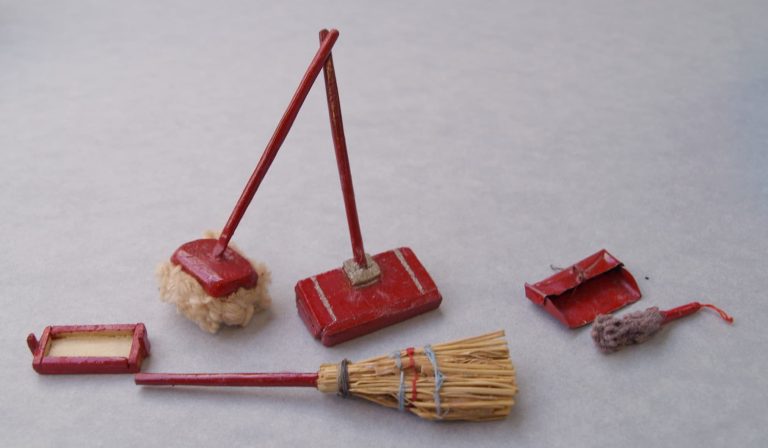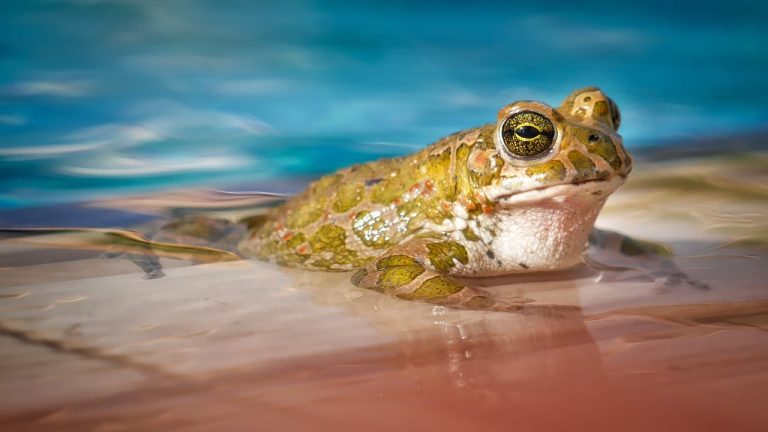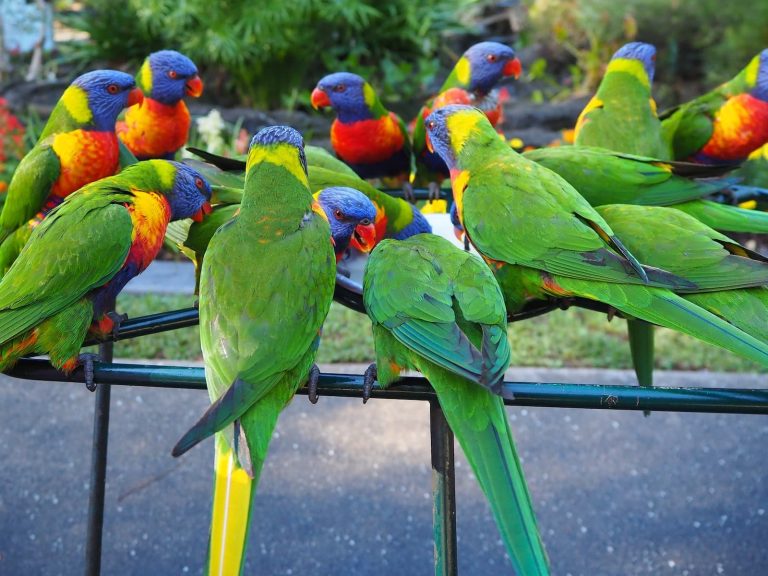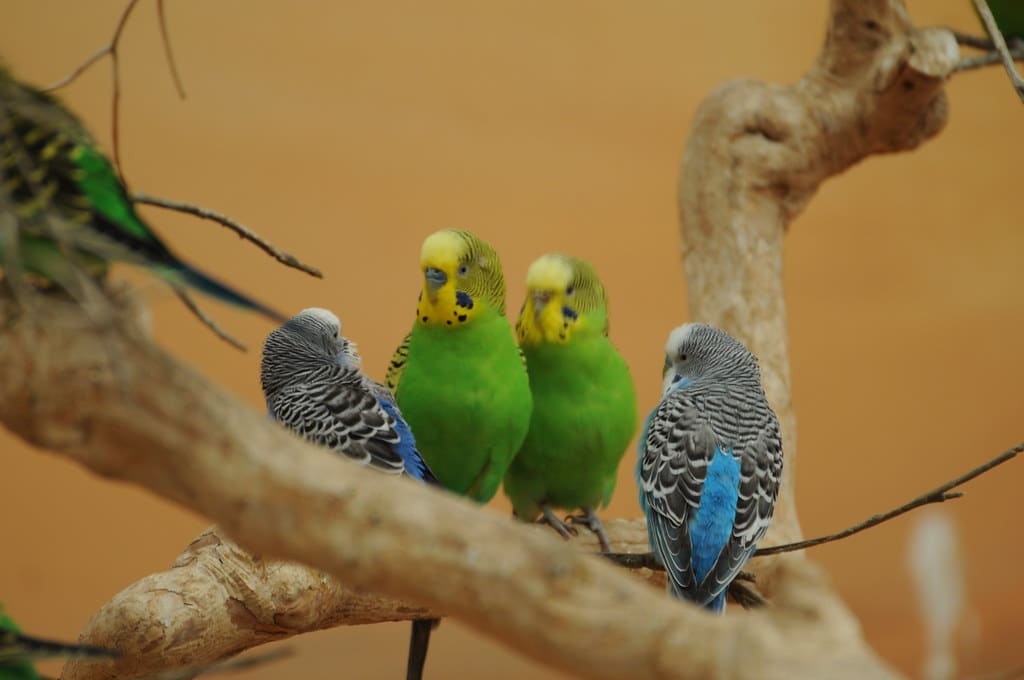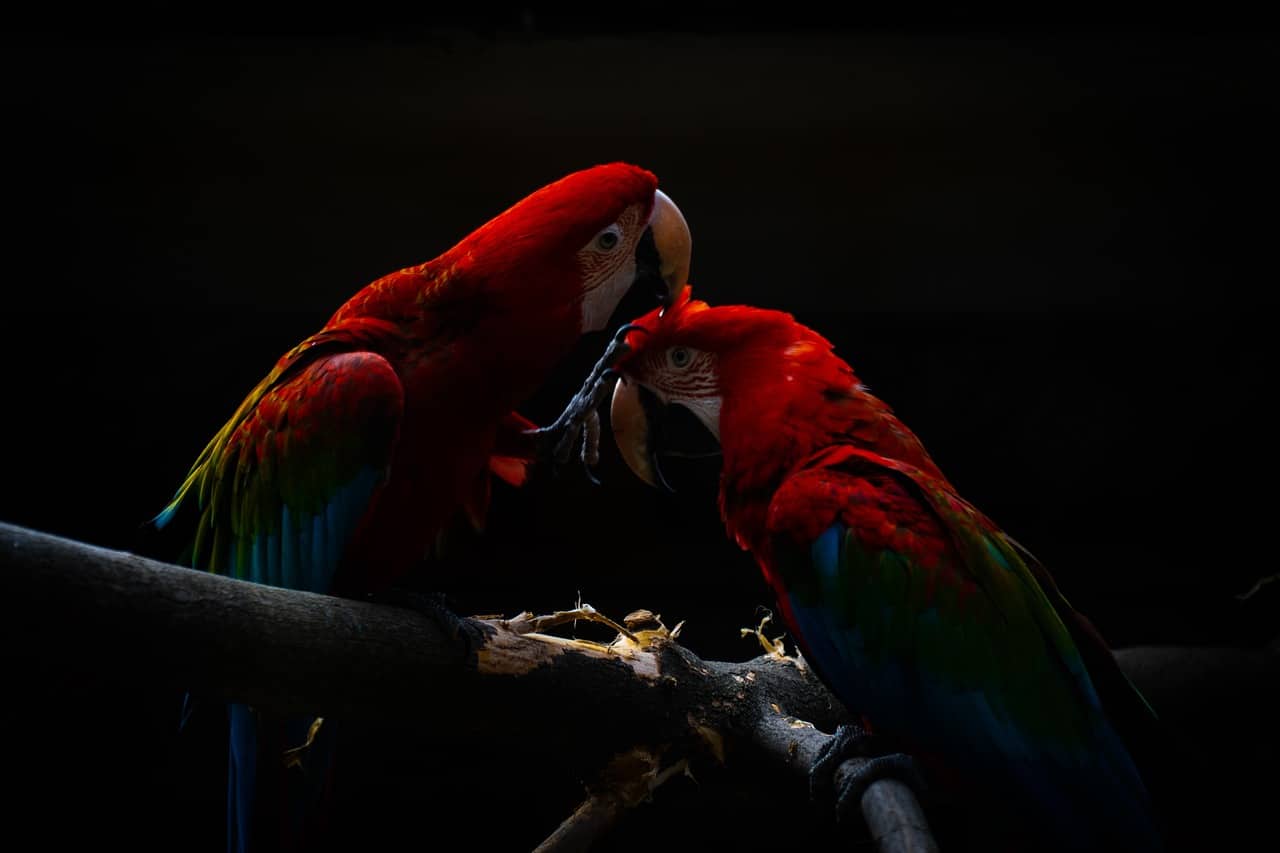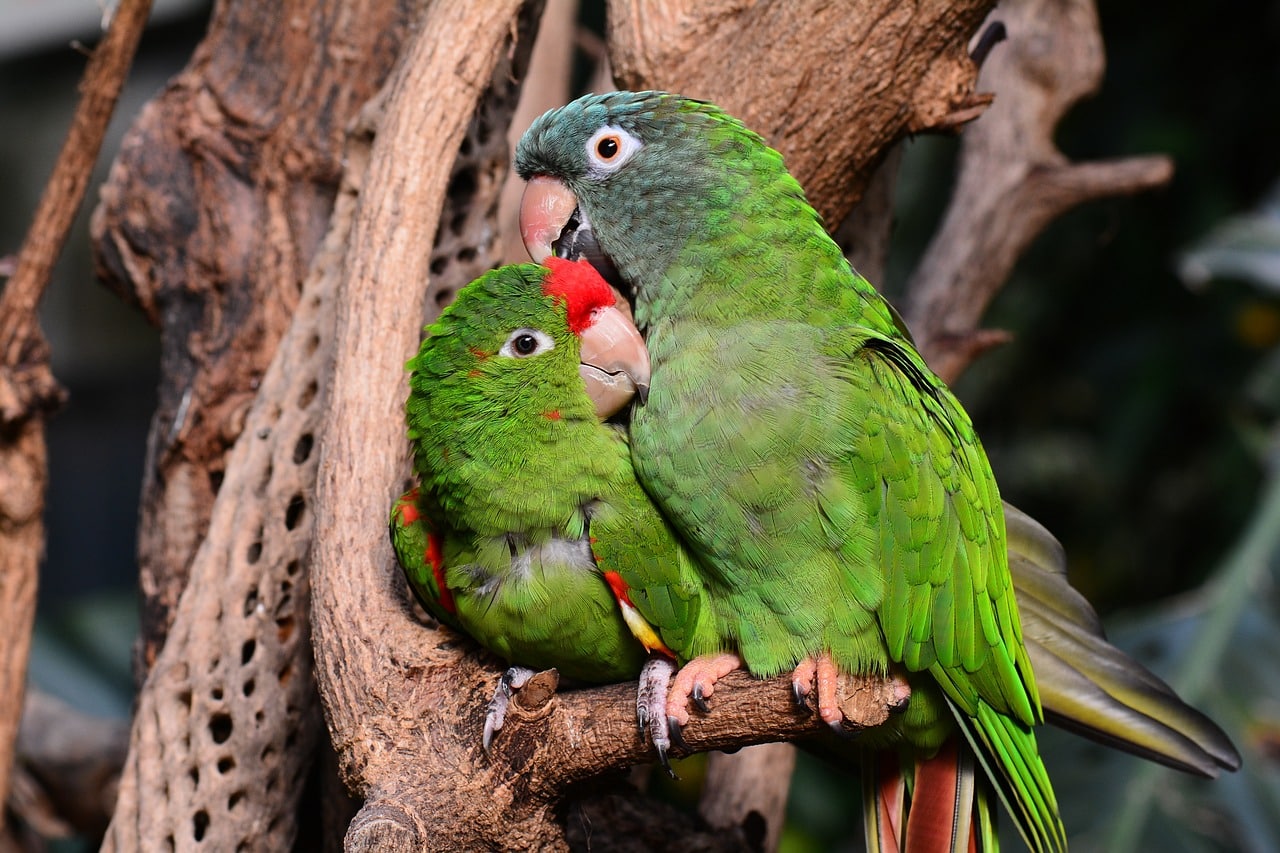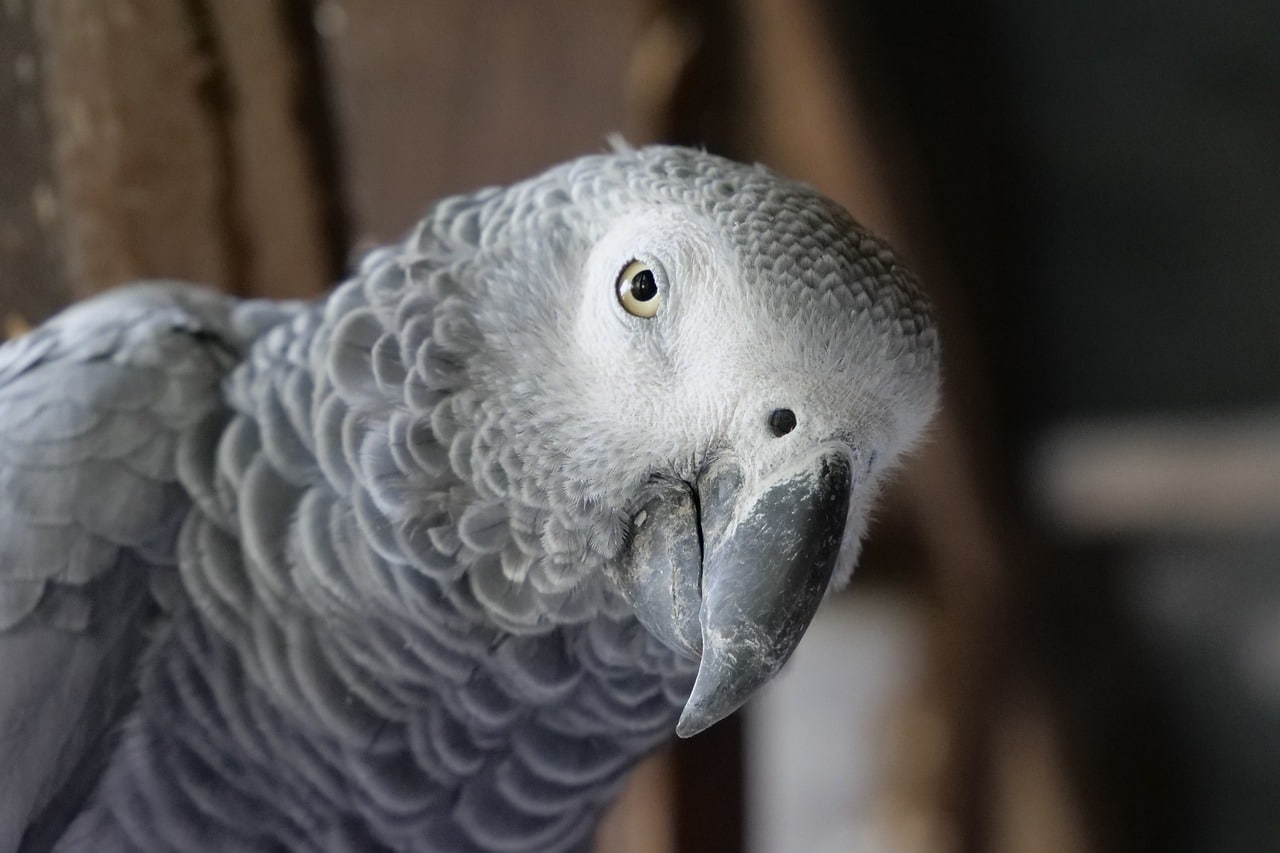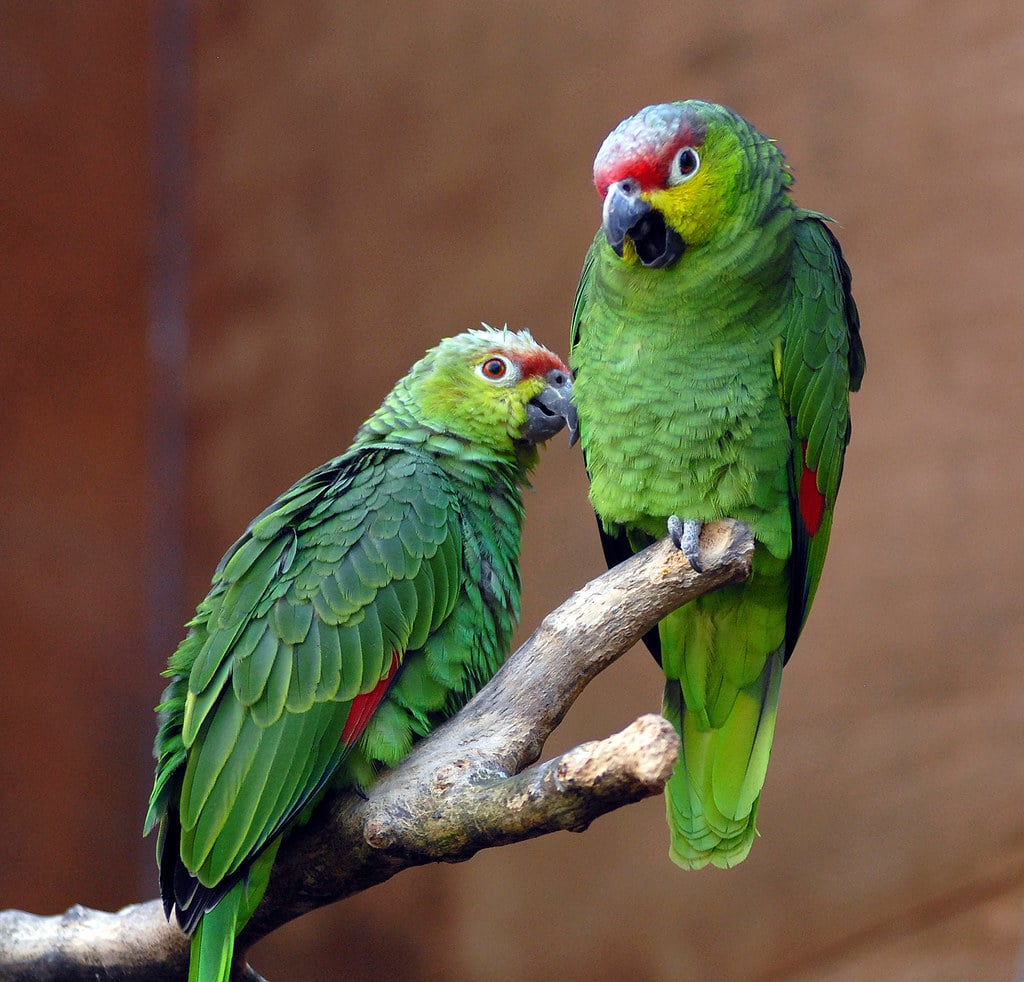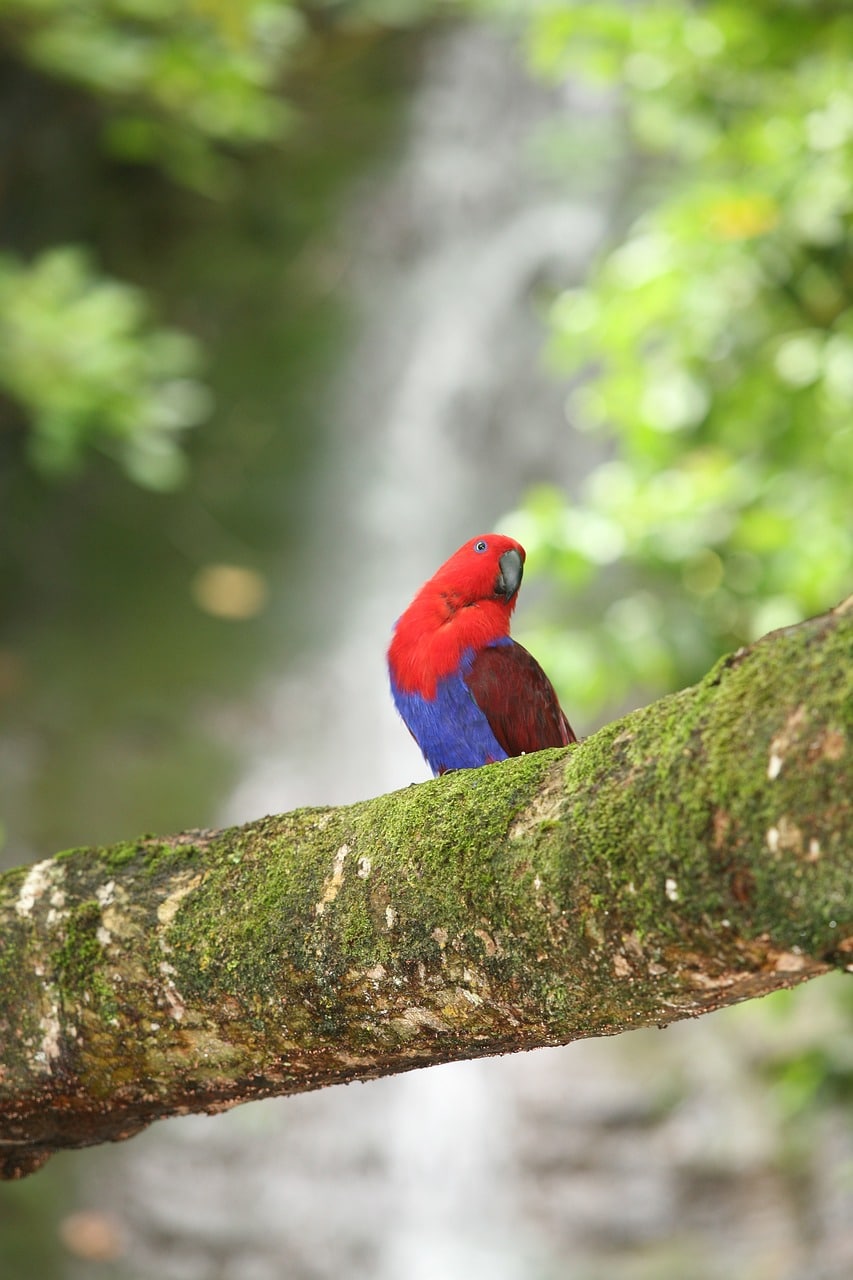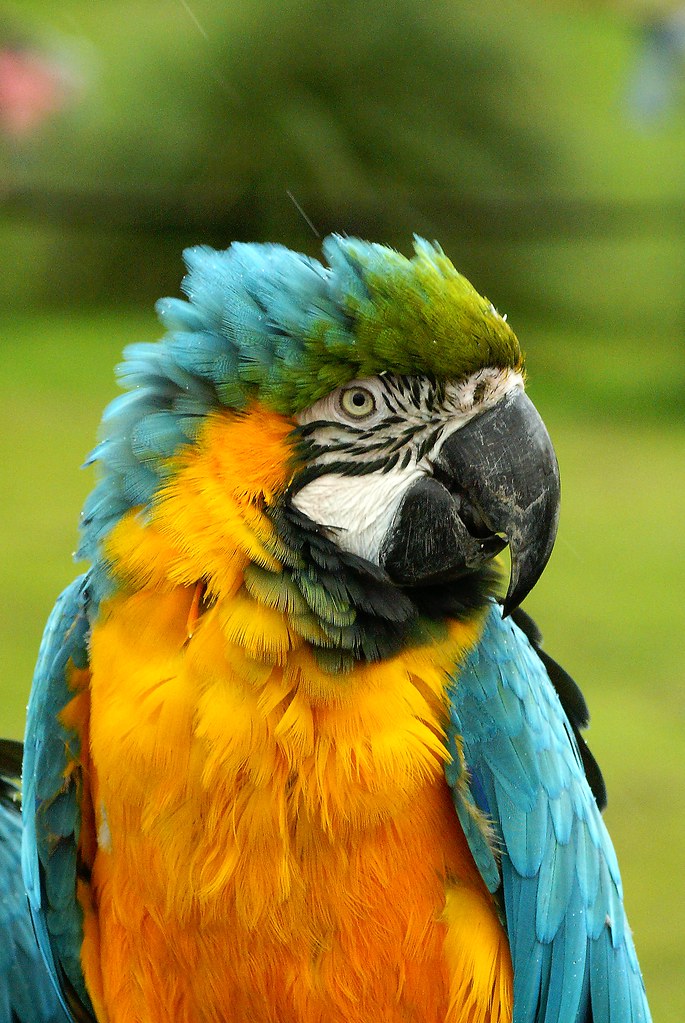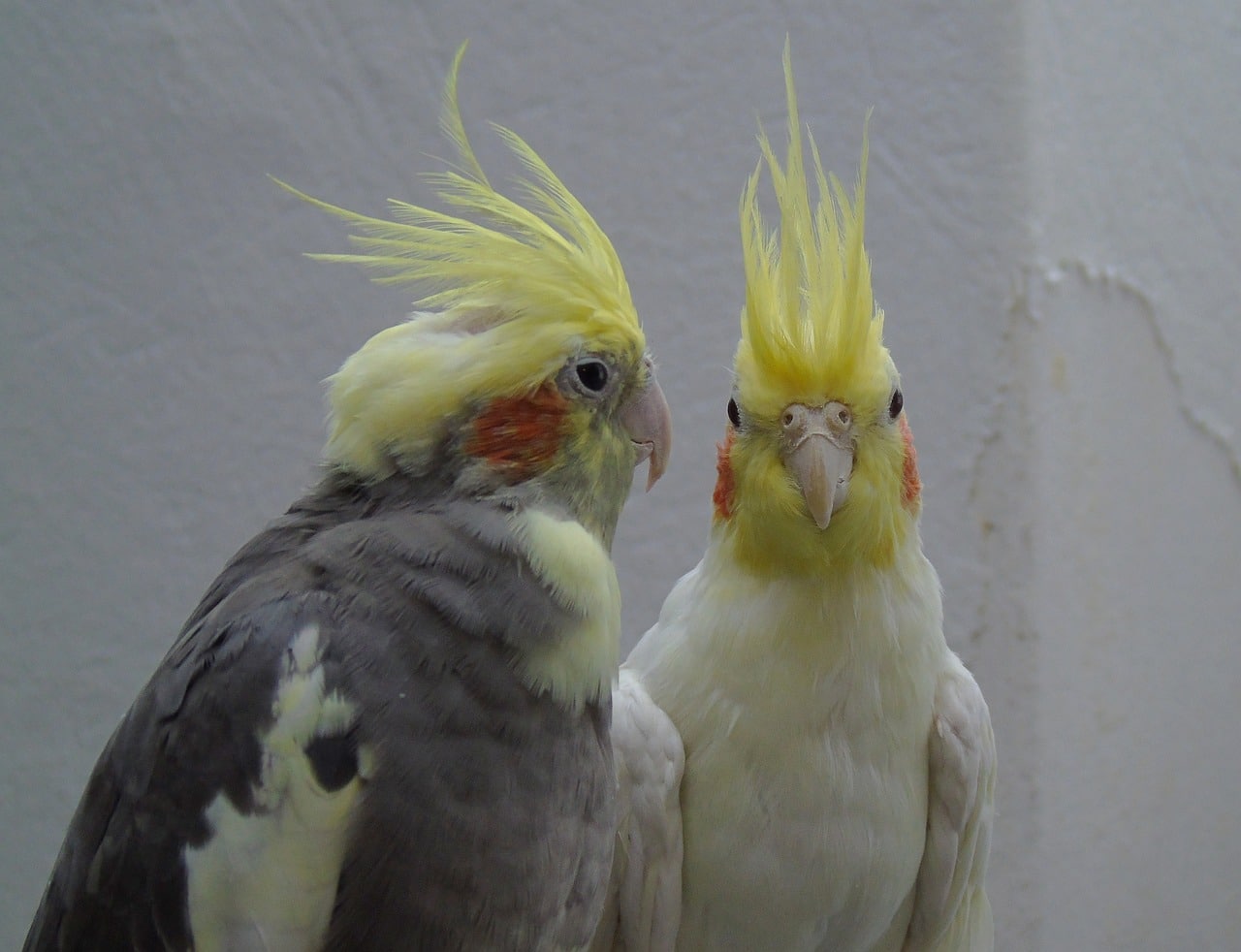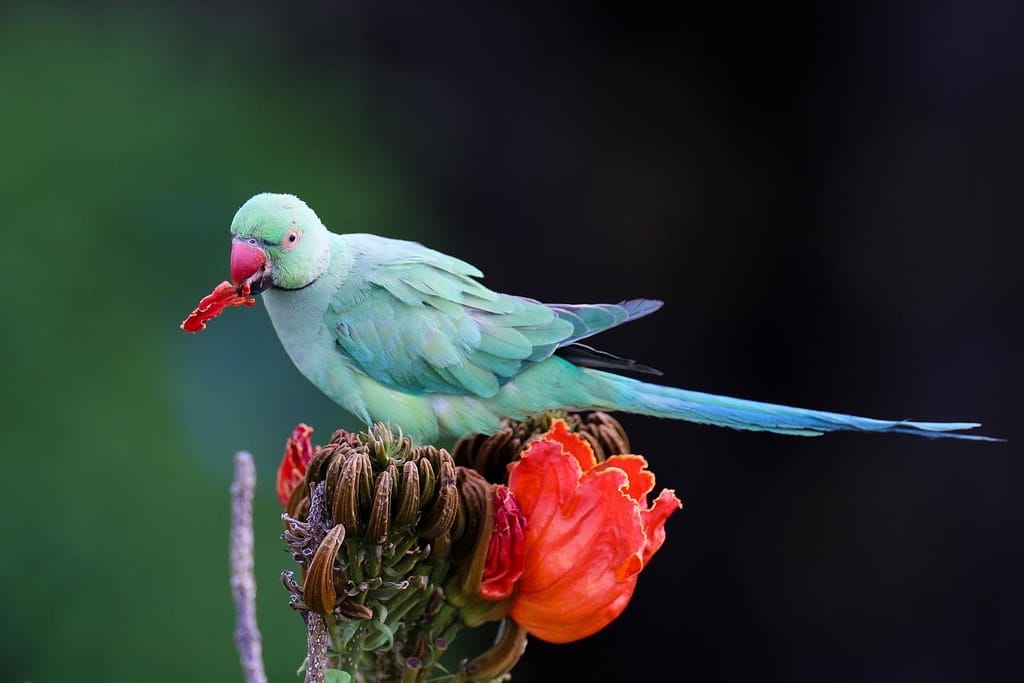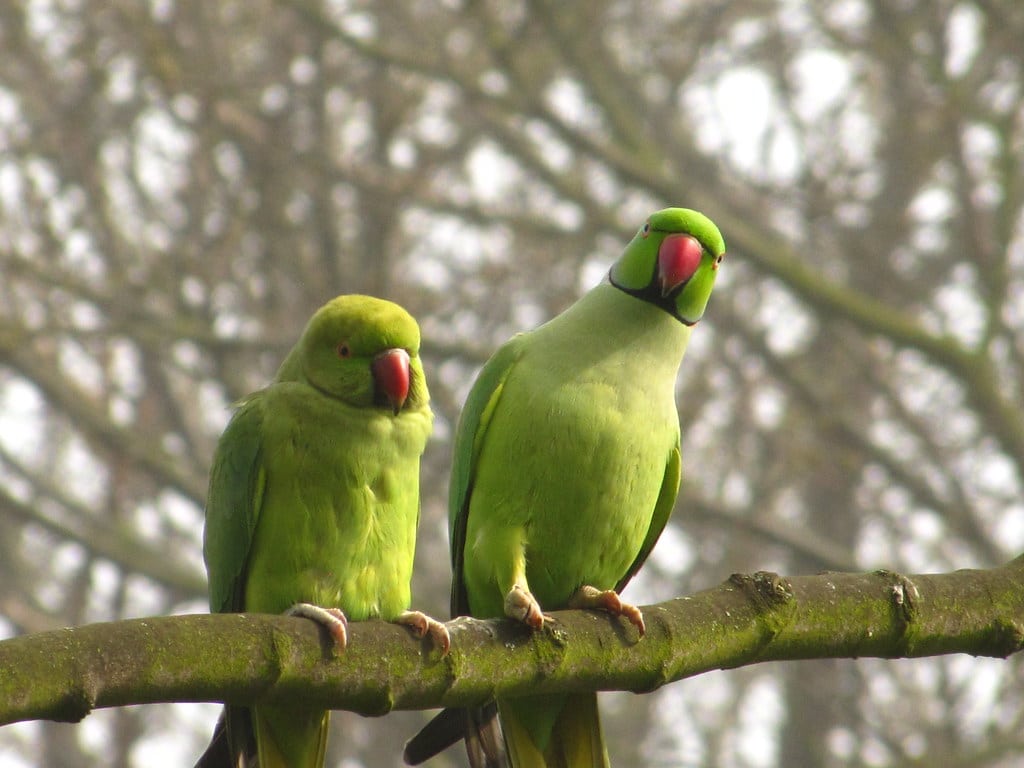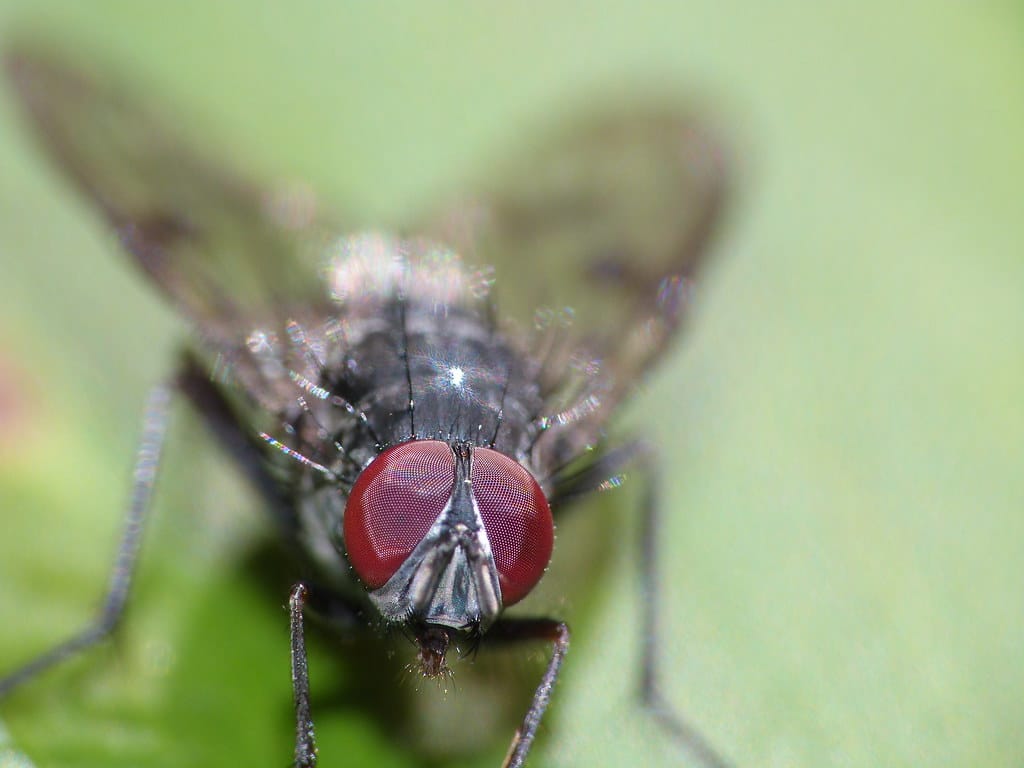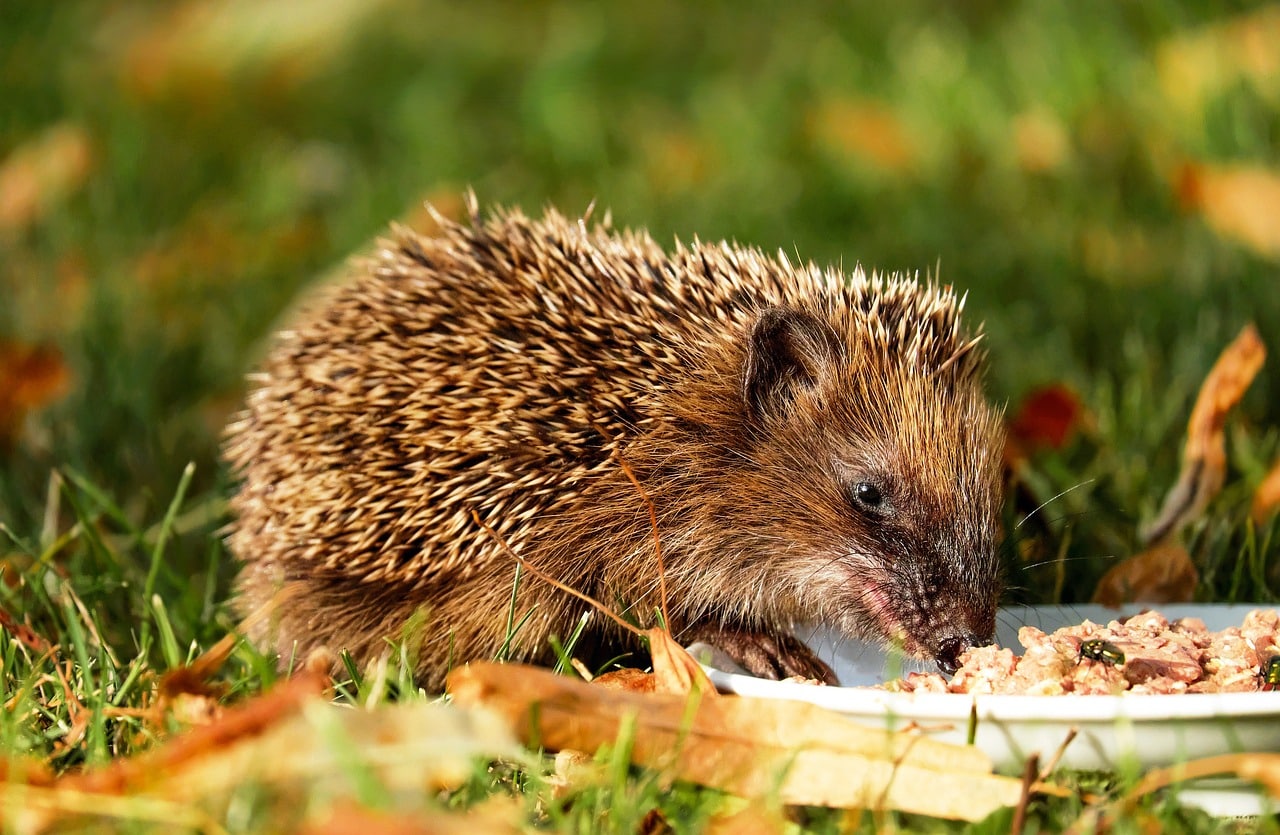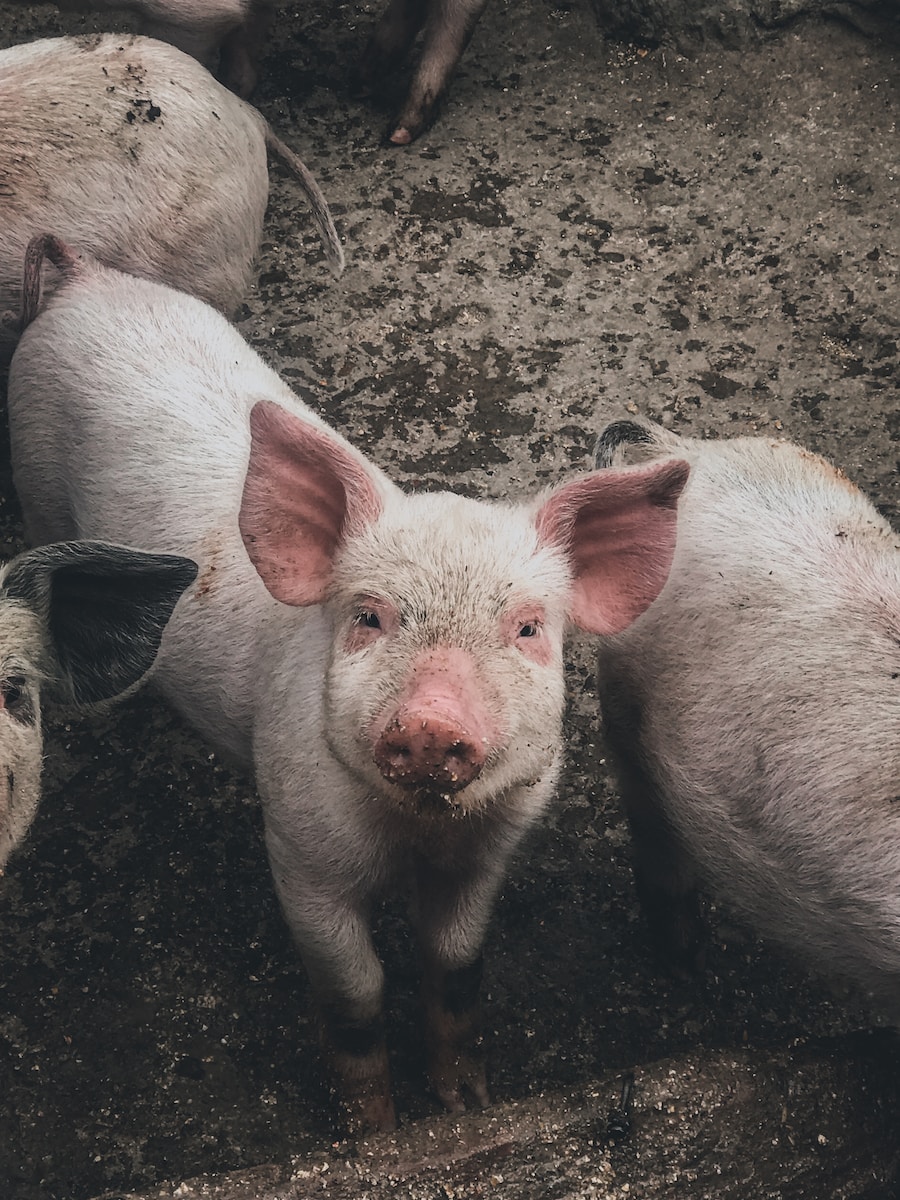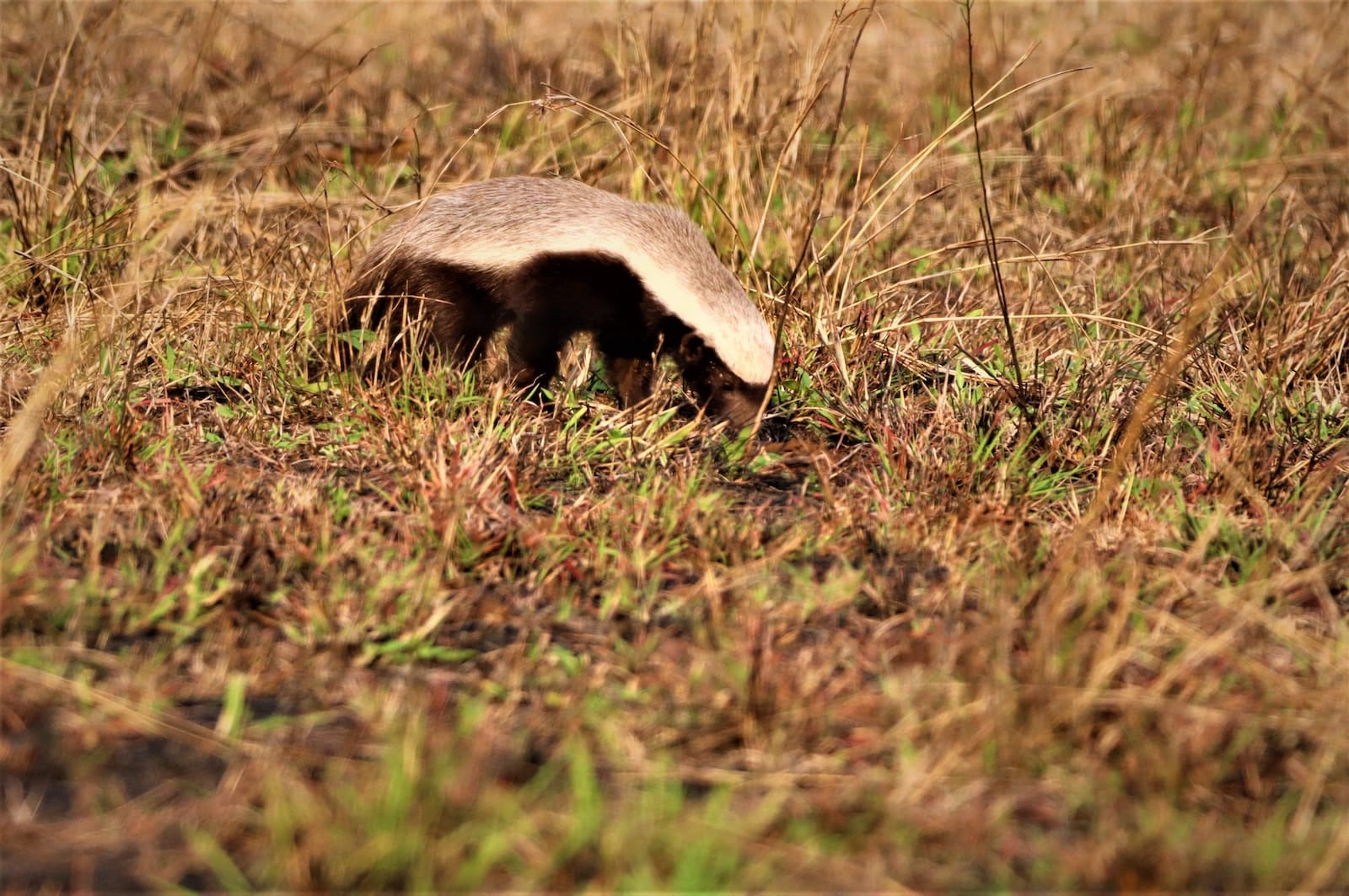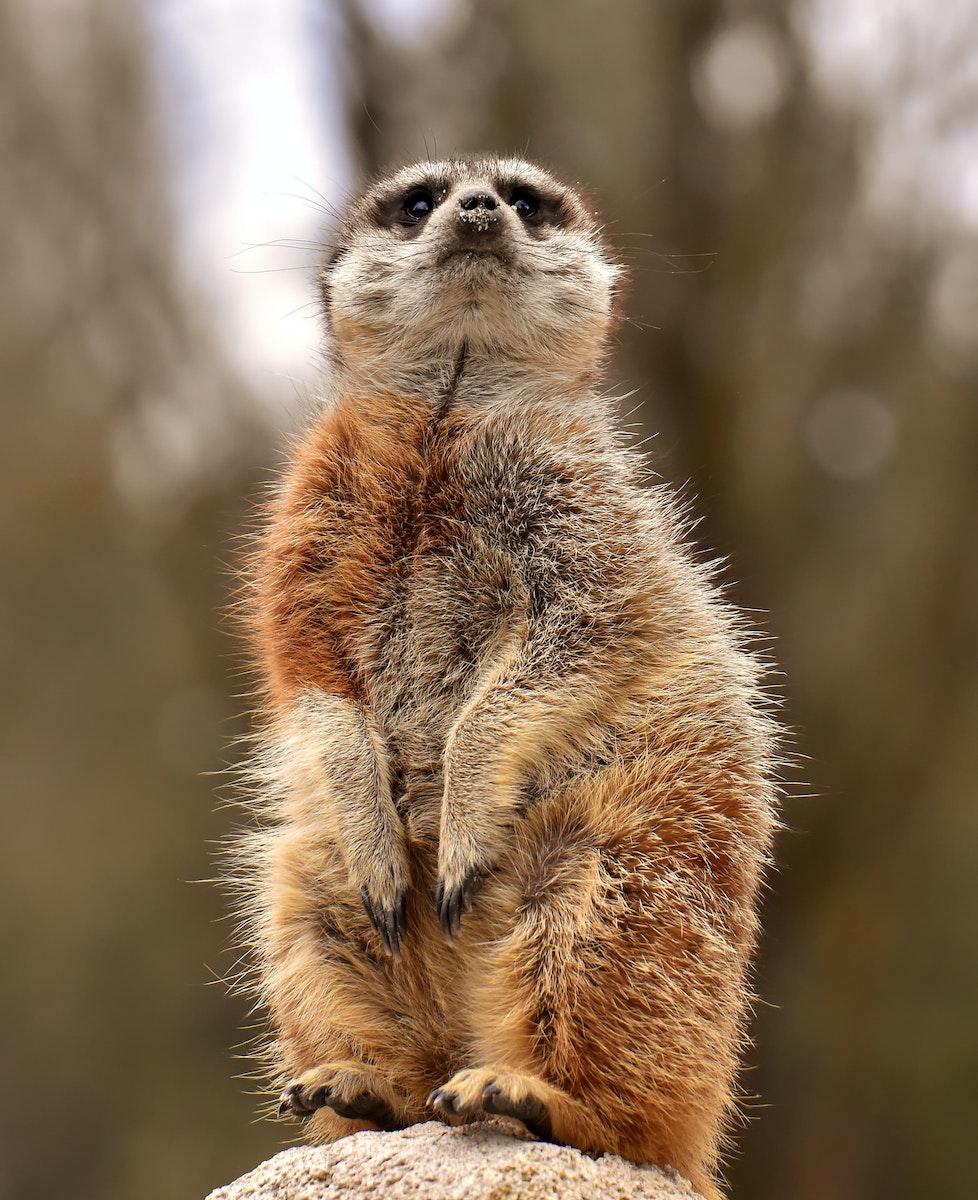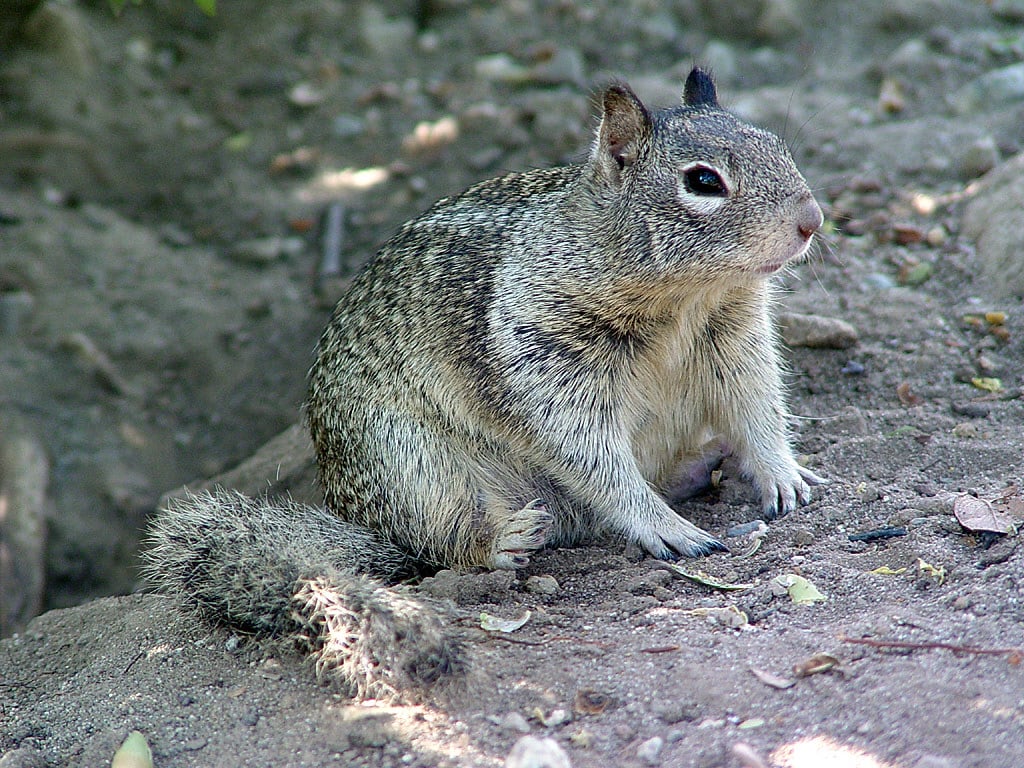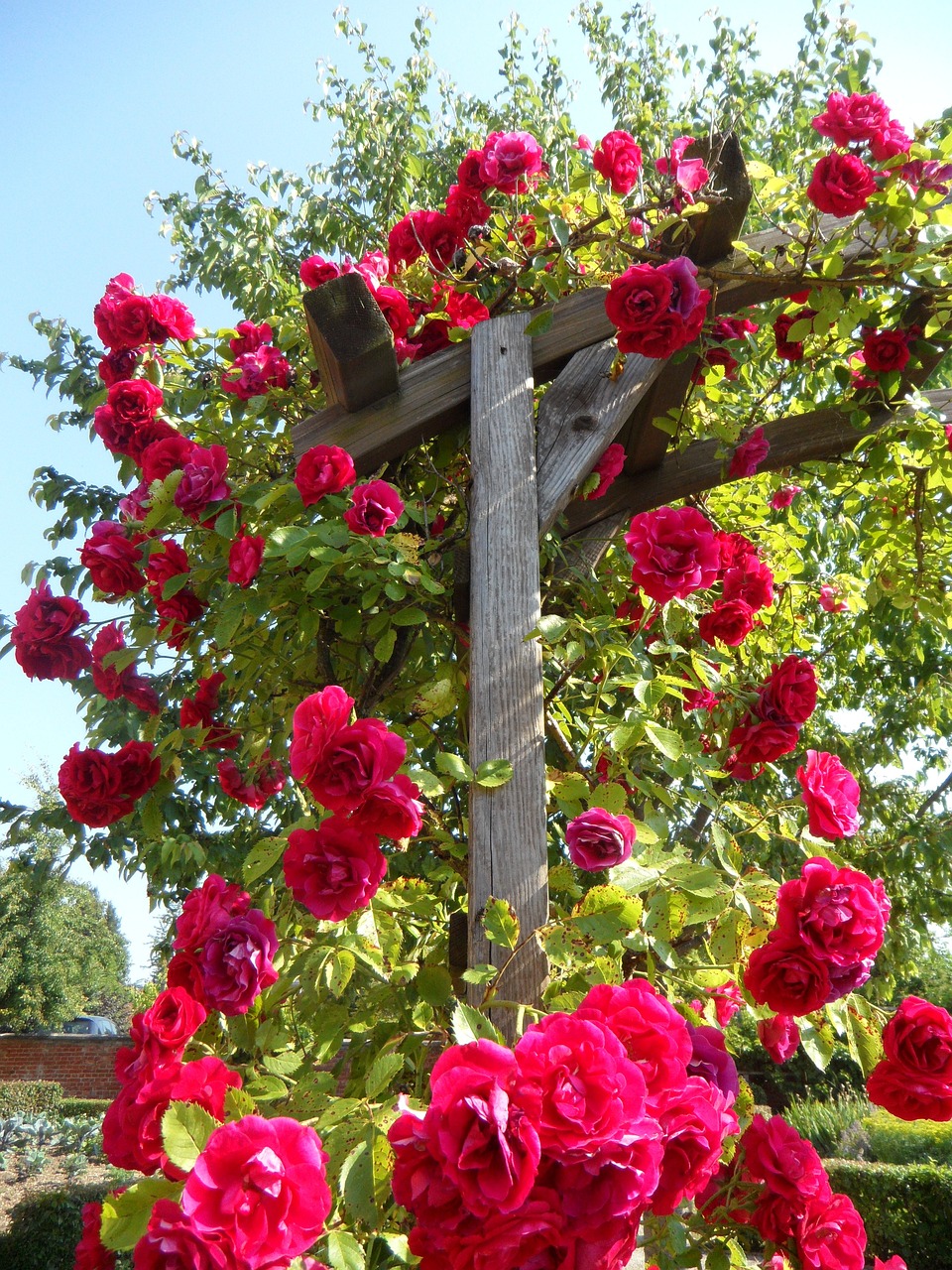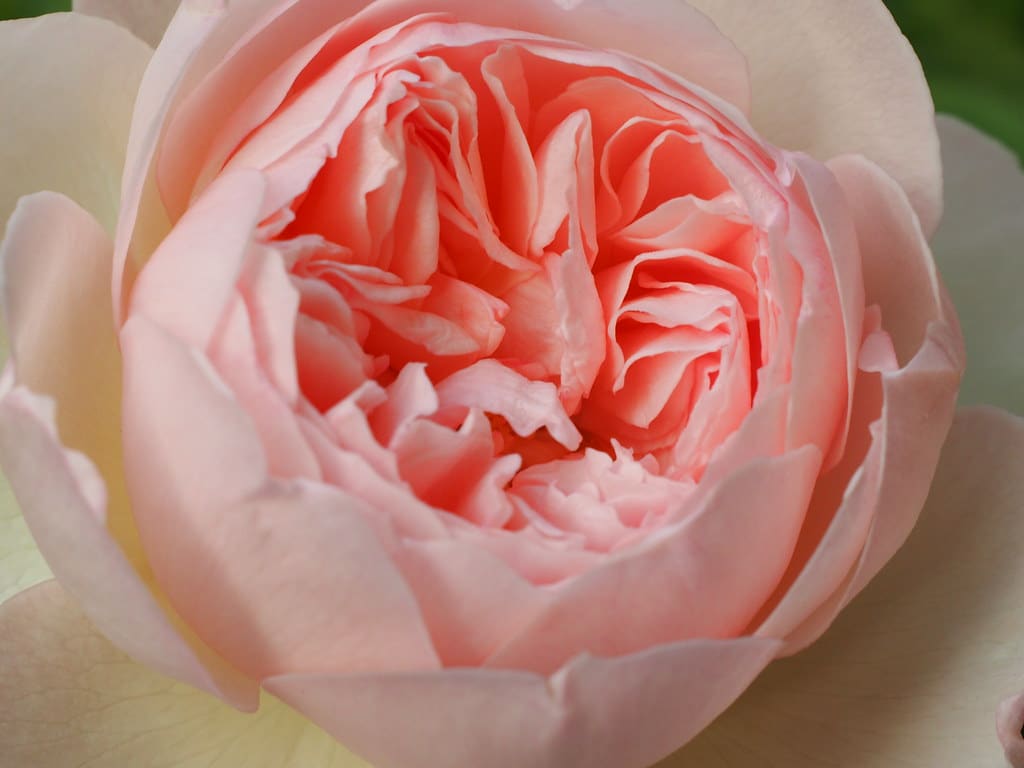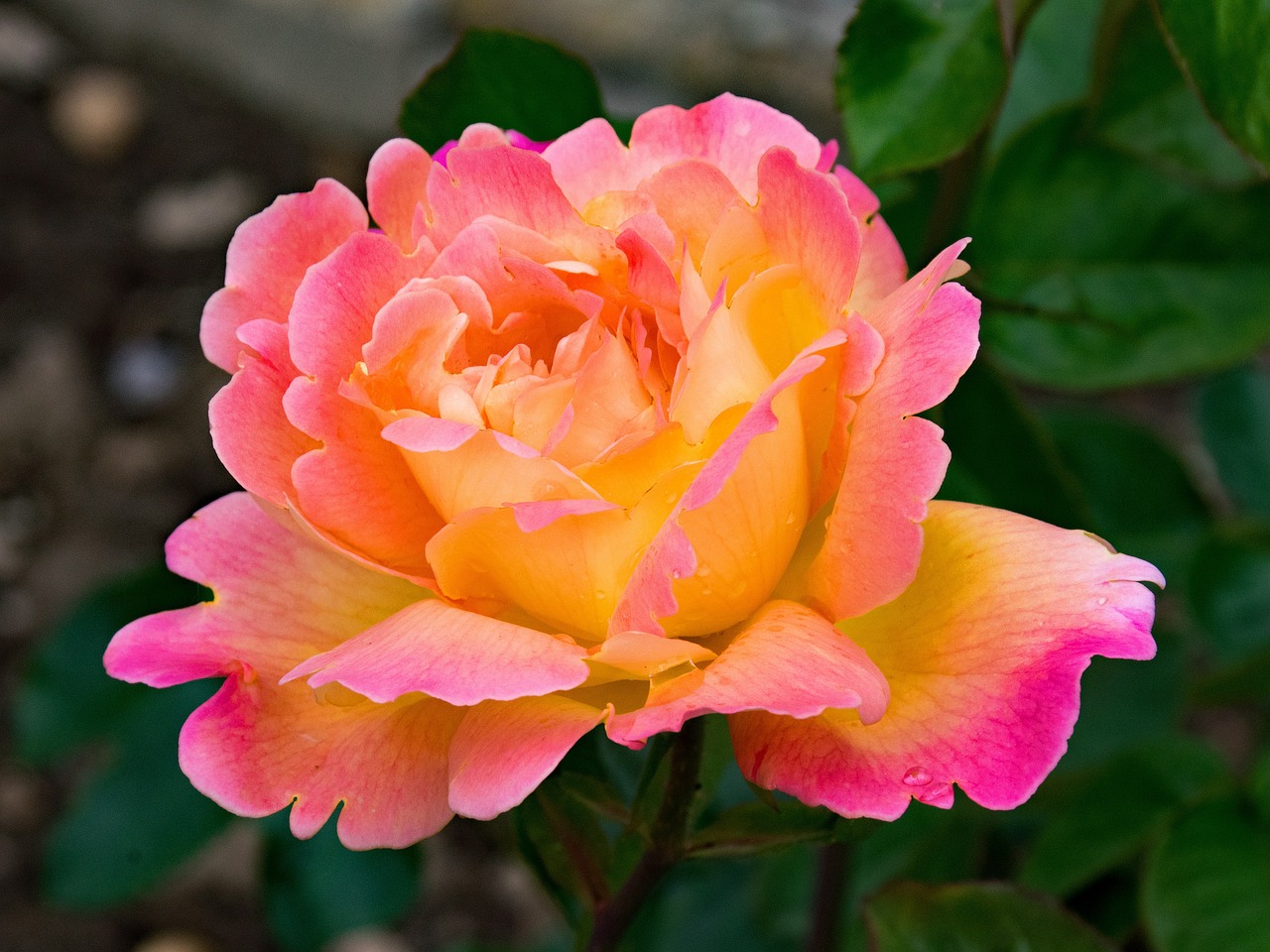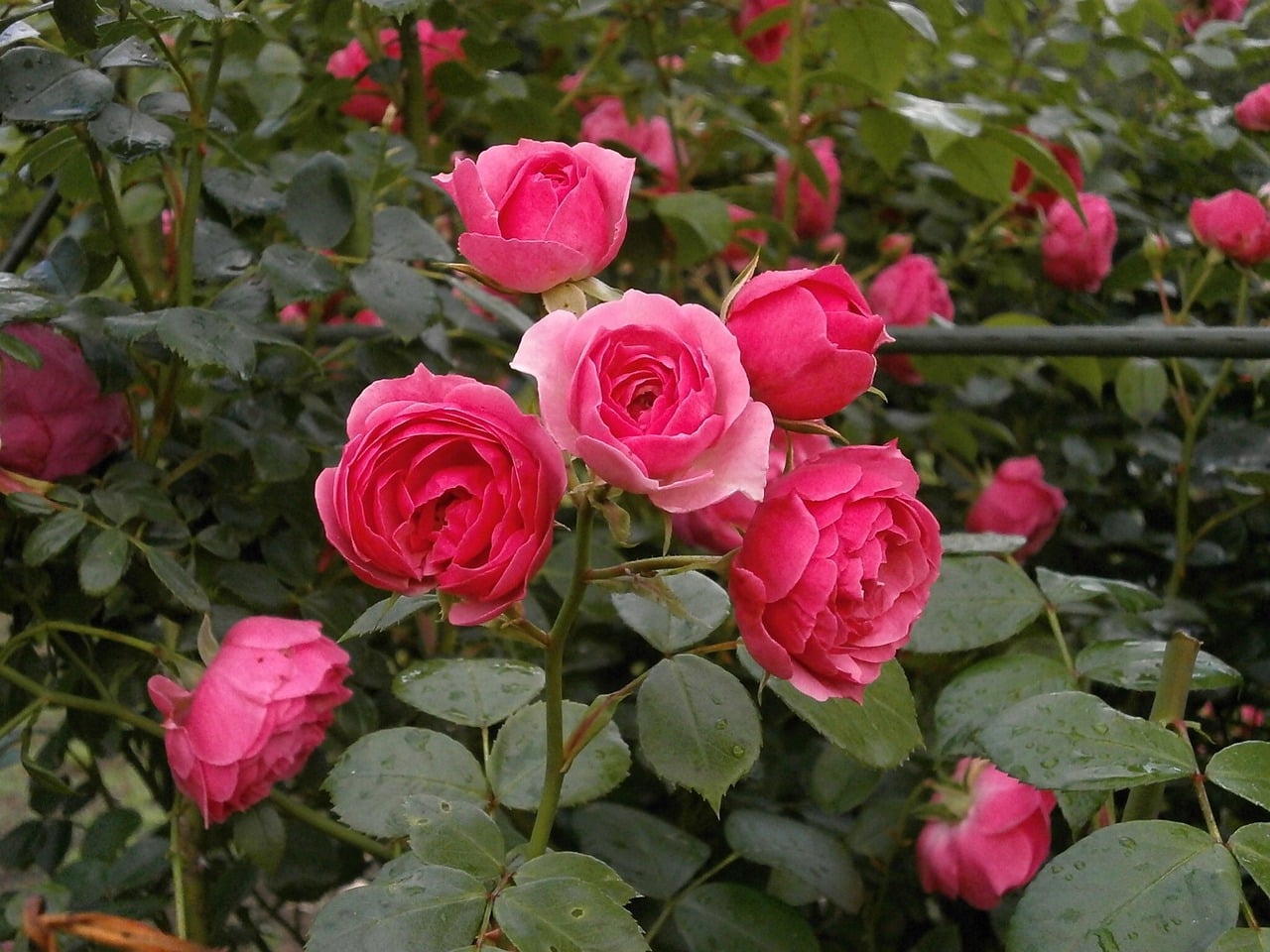Carpets are a wonderful addition to a home, but it’s important to keep them dust-free and clean.
You don’t want your carpets to be dusty and smelly. The best carpet sweepers can make it easy for you to maintain clean carpets.
Among your cleaning supplies, you need carpet brushes. You could be 100% pro-vacuum, but there used to be a good reason people enjoyed carpet sweepers.
These devices remove pet hair effectively and are lightweight and easy to handle.
Below is a list of the best carpet sweepers.
1. Rubbermaid Commercial Galvanized Steel Floor Sweeper
This agile low-profile sweeper is perfect for cleaning the carpeted areas around couches, bookshelves, and bedrooms.
It is designed for use on low-pile carpets and many smooth surface types. This sweeper can fit beneath pieces of furniture as low as three inches off the ground.
It eliminates the need for frequent bending over thanks to a swiveling handle that makes maneuvering beneath beds and chairs easy.
Also, its long-lasting galvanized steel body ought to provide a longer service life.
Although it only cleans in one direction and is less efficient on the thicker carpet, it is quite successful in tight spots that a broader floor sweeper cannot reach.
It is undoubtedly one of the best carpet sweepers.
2. Eyliden Carpet Sweeper
The manual hand-push carpet sweeper made by Eyliden has two rotating brushes that can pick up everything from waste paper to nutshells and hair.
Its corner-edge brush, one of its best features, enables it to remove debris from confined spaces.
With its four wheels and 180-degree rotation, this sweeper can easily go through both carpet and hard surfaces.
While the Eyliden’s handle isn’t telescopic, users may extend or shorten it by adding or removing handle assembly segments.
It weighs only 1.94 pounds and is small enough to store beneath a couch or a bed.
This type is a wise option for fast cleanups between deep cleanings since it quickly takes up a variety of particles on carpets.
It is also small, which makes it perfect for houses with little storage.
The Eyliden may be used on most floor surfaces and is available in three colors: black, red, and white.
If the Eyliden hadn’t been created just for carpets, it might have been one of the overall best carpet sweepers.
3. Rubbermaid Executive Series 7.5” Mechanical Sweeper
The brushless carpet sweeper from Rubbermaid isn’t completely brushless; instead, it has tiny brushes on each corner to collect even the tiniest particles of debris.
The main brush, however, features a large, non-marking rubber blade that can also clean up semi-liquid messes.
Rubbermaid’s tiny sweeper, whose sweep path is just 6.5 inches wide, is made of galvanized steel and ABS plastic with a soft-grip handle and can fit into and under tight spaces.
The user may see the contents of its two debris canisters through windows, allowing for quick emptying.
The doors’ one-touch emptying feature makes disposing of trash simple.
You will be amazed at how efficiently this sweeper picks up big pieces of debris on both carpet and hard floors, making it one of the best carpet sweepers.
Even though it required many passes to remove all the little dirt from hard floors, it still performed better than many other sweepers.
The Rubbermaid Executive Series sweeper gathered a stunning quantity of deeply embedded pet hair, making it a real winner for areas with wall-to-wall carpeting.
Cleaning is quick and simple. Although being one of the more expensive models, this one could be worthwhile.
4. Shark 13” Rechargeable Floor and Carpet Sweeper
The Shark Rechargeable Floor and Carpet Sweeper is strong for a lightweight model.
With two speeds and a substantial 55-minute runtime, users can clean the whole home, including area rugs and stairs, on a single charge.
Its swivel head makes it simple to move past furniture. The bristles effortlessly take up huge bits of kibble and tiny pet hair from carpets and area rugs.
Its carpet sweeper stands out because of its transparent brush compartment, which lets users see whether anything gets trapped in the brush roll or is too big to be sucked in.
The dirt tray is transparent, much like the brush roll, making it simple to see what’s within.
With a 1.8-quart capacity, it doesn’t need frequent emptying. The tray slides out easily to prevent things from falling back onto the floor.
5. Bissell’s Perfect Sweep Turbo Cordless Carpet Sweeper
Bissell’s Perfect Sweep carpet sweeper is one of the best carpet sweepers for collecting pet hair from hard surfaces, carpets, and area rugs.
Up to 60 minutes may be obtained from its rechargeable battery, which functions softly enough not to disturb other family members.
The 480 ml dirt container of the Perfect sweep pulls out of the sweeper for simple emptying.
This sweeper includes easy-glide rubber wheels, and an adjustable handle, weighs just 5 pounds, and folds flat for small storage.
Large pieces of trash, dust, bread crumbs, and deeply embedded pet hair were all swiftly vacuumed by this sweeper, which surpassed manual alternatives.
Nevertheless, users may need to empty it often since it gathers so much dirt.
Users won’t have to guess when the compartment is full since it has a sizable transparent dirt container. With little effort, the tray slips in and out.
6. Bissell EasySweep Compact Carpet & Floor Sweeper
For low-pile carpets, hard floor surfaces, and area rugs, the Bissell EasySweep manual sweeper may be used.
It is one of the best carpet sweepers for parents, pet owners, and others who routinely clean the floors behind furniture because of its small sweeper head and low profile.
A single detachable brush roll on this carpet sweeper may be used to collect dirt, hair, and other debris. The dual canisters on the EasySweep are simple to empty when cleaning is finished.
It is one of the cheapest and lightest sweepers available, weighing just 2.85 pounds, and its handle loop makes it simple to hang it in the storage closet when not in use.
The Bissell EasySweep comes true to its name and is quick to build. Nonetheless, users would need to put more effort than usual while cleaning.
Collecting the tiny pieces of trash took repeated sweeps over all surfaces.
Moreover, it’s not the ideal option for huge debris like dog kibble. Yet, you will be pleased with how well it removes pet hair from delicate area rugs.
Hence, even if it may not fulfill all requirements, the Bissell EasySweep could be adequate for certain houses.
7. Ewbank 830 Evolution 3 Carpet Sweeper
The manual Ewbank floor and carpet sweeper has a simple yet reliable design. It is a great solution for all floor kinds, fitted with synthetic bristles.
You can quickly empty it and maintain your surroundings clean and sanitary since the dust settles on the top.
It moves quickly and quietly and has a bumper that protects your furniture from dents on the lowest surfaces. Moreover, the handle lies flat for easier cleaning and reaching under furniture.
8. Casabella Floor Sweeper
Due to its floating wheel design and gentle bristles, bi-directional rollers, this manual floor sweeper is exceptionally flexible.
It is secure for all types of flooring and even performs well on shag, low pile, and bare floors.
It is simple to move and has a movable handle to fit underneath chairs and sofas.
This carpet sweeper has bi-directional brushes that travel backward and forward, taking up dirt and dust, unlike other best carpet sweepers with comparable prices.
It naturally requires more effort than an electric carpet sweeper since the dual dustpans are smaller than some competitor carpet sweepers.
Yet, there is also no need to worry about a mains adapter or battery life.
9. Alpine Industries’ Carpet Sweeper
The Carpet Sweeper from Alpine Industries efficiently removes debris from surfaces, including tile, vinyl, hardwood, area rugs, and carpet.
It is made of steel and plastic, weighs just 3 pounds, and can fit into small spaces like corners and under furniture.
This sweeper stands out from its counterparts thanks to a few features. Its easy-glide rubber wheels make switching from one type of flooring to another easier.
The vinyl bumper prevents walls from being scratched and scuffed, while the brush roller can pick up glass, dust, dirt, hair, and other debris.
It can cover a wider area with each sweep because of its four corner brushes and two smaller rollers on each side.
One of the simplest types to clean is this sweeper. Its door is simple to open, and a comb attachment is included to make cleaning easier, particularly if the hair is twisted around the roller.
This sweeper can be used on all types of flooring, giving it a reliable option at a great price.
Nevertheless, it performed best on the carpet for big and microscopic particles. Also, it is portable and simple to store. This is undoubtedly one of the best carpet sweepers.
10. Yocada Carpet Sweeper
This Yocada sweeper has a yellow finish with an extremely modern design. Metal and plastic are used in combination to build it.
It is perfect for taking up even the smallest trash due to the revolving brush rollers.
Pulling the correct levers on the cleaning unit may quickly expel the debris from the cleaner.
Its ability to clean carpets, rugs, and floors contributes significantly to its popularity.
This cleaning device will work well for you if you’re seeking one of the best carpet sweepers that are flexible.
11. Fuller Brush Electrostatic Carpet and Floor Sweeper
A manual sweeper with two rollers is called the Fuller Brush Electrostatic Carpet and Floor Sweeper. An electrostatic brush lets you clean up messes like hair, crumbs, dust, and dirt.
The other roll has a vinyl blade that can pick up bigger objects like paper clips, glass, and even spilled wet food. This sweeper folds flat, weighs less than 4 pounds, and is simple to store.
The Fuller sweeper may be used effectively on low-pile carpets and hard surfaces, including tile, wood, and laminate.
While more costly than other best carpet sweepers, this sweeper’s quality and well-considered design are obvious.
Its housing and handle are made of metal rather than plastic, and a vinyl bumper prevents the sweeper from scratching up walls and furniture.
Due to the electrostatic charge produced while moving this sweeper back and forth, you will discover that it works a bit harder than others and needs less effort to operate.
Consequently, before using this carpet sweeper, you should roll it a few times.
It was impressive on floors and rapidly cleaned up little and big debris.
It’s a great option for rooms with plenty of rugs or wall-to-wall carpeting since it doesn’t function nearly as effectively on hard floors as on carpeting.
12. BLACK+DECKER Floor and Carpet Sweeper
Combining the two results in this floor and carpet cleaner from BLACK+DECKER.
Its sleek and compact form makes it simple to transport from one area to another, and it’s charcoal grey color gives it a sophisticated and elegant appeal.
It is also simple to move because of its cordless design. Moreover, the cleaner can access narrow spaces because of the flexible handle.
This is one of the best carpet sweepers for you if effortless cleaning is what you want.
13. Karcher KB 5 Cordless Electric Broom
The Karcher Cordless Electric Broom starts up swiftly and simply with a sleek yellow design that looks like a remote-controlled racing car.
It starts when the handle is pulled back and stays on for around 30 minutes.
The Karcher KB 5 is one of the lightest sweepers on this list, weighing just 2.6 pounds.
The KB 5 is powered by a rechargeable lithium-ion battery and can clean low-pile carpets and hard surfaces.
Its dirt cup is simple to empty, and its brush roll is simple to clean.
A battery charging cord is included in the packaging. This type stands out for its agility thanks to a handle that can move horizontally and vertically.
The handle may be folded flat for storage or improved reach while rotating under furniture, particularly low pieces.
This is a good choice for compact areas like studio flats, RVs, and tiny houses.
On hard floors and carpets, it amazingly removes big and tiny particles, cleaning swiftly and effectively.
14. EZ SPARES Quiet Floor Sweeper
This model, which has tightly packed horsehair bristles, could be worth a look if you’re seeking one of the best carpet sweepers for hard floors.
It includes convenience features, including a swiveling handle, a tab-operated dustpan for touch-free emptying, and a comb to assist in cleaning the bristles.
Although it works well on many floor types, including low pile carpet, linoleum, laminate flooring, and hardwood, its bristles are effective at cleaning up dirt and debris on harder surfaces.
15. Swivel Cordless Floor Sweeper
This battery-operated, multi-directional sweeper is worth a look if you’re seeking the best electric floor sweeper while keeping your budget in line with manual sweepers.
It contains four rollers, two transverse and two longitudinal, that enable it to push and swing back and forth when cleaning.
It delivers effective edge-to-edge cleaning on various surfaces and does a decent job of gathering dust, crumbs, dirt, and tiny messes.
Thanks to its swiveling joint handle, you can reach it beneath mattresses, couches, and tables without bending over or stooping. This is among the best carpet sweepers.
16. Bissell Natural Sweep Carpet and Floor Sweeper
The manual Bissell Natural Sweep Carpet and Floor Sweeper have two corner brushes and two rotating brush rolls. As the other brush takes up tiny particles, the first collects heavier debris.
The brush pattern is good for picking up hair, dirt, and crumbs on various floor surfaces, including carpets, rugs, and hard floors like wood and tile. It features a 9.5-inch cleaning pad and weighs just 3.5 pounds, which is light.
This carpet sweeper is convenient and easy to operate. It performed well on carpets and hard floors on larger trash like dog kibble.
Unfortunately, it needed many attempts to remove small dirt like bread crumbs, particularly on wood floors.
